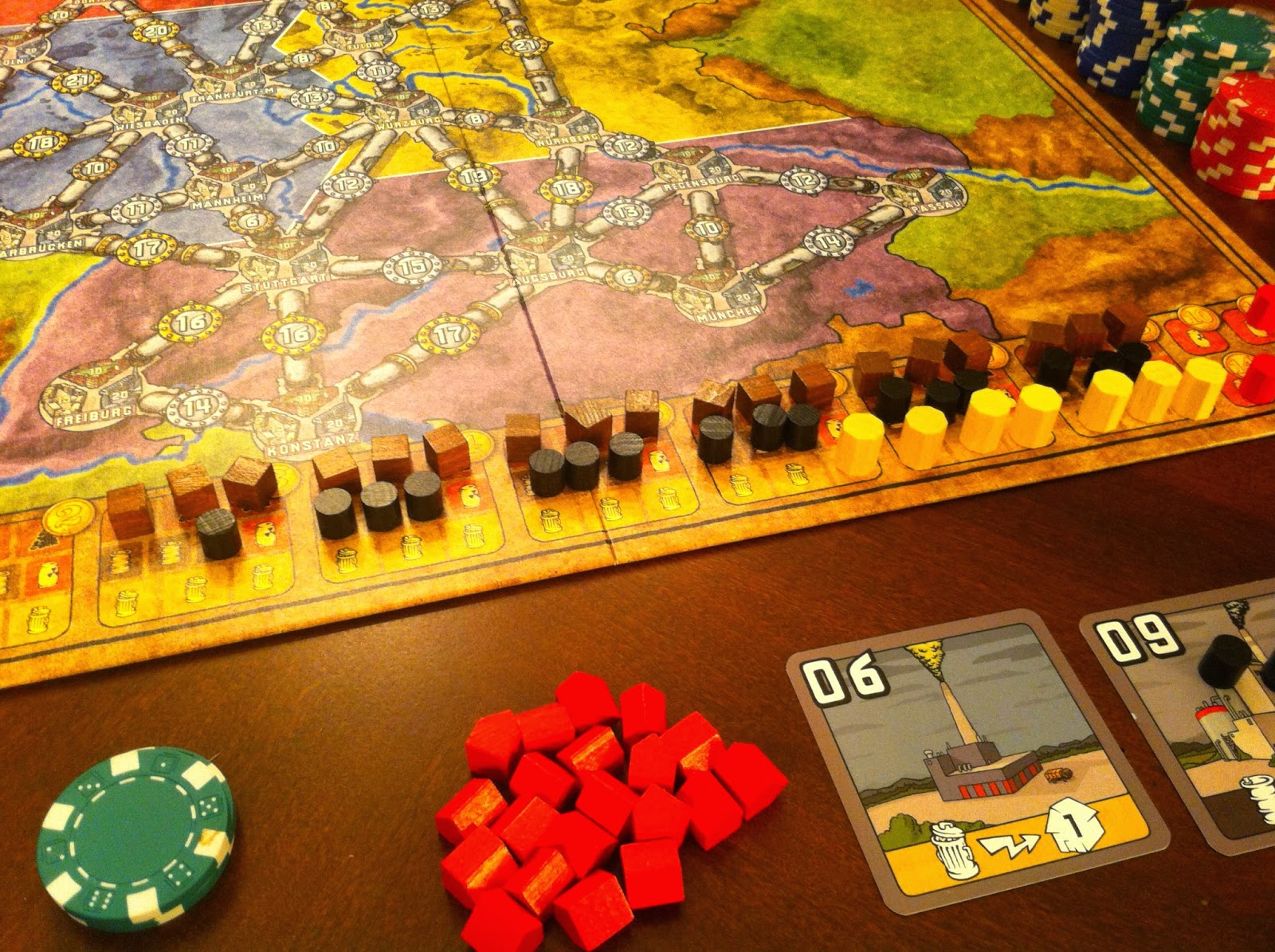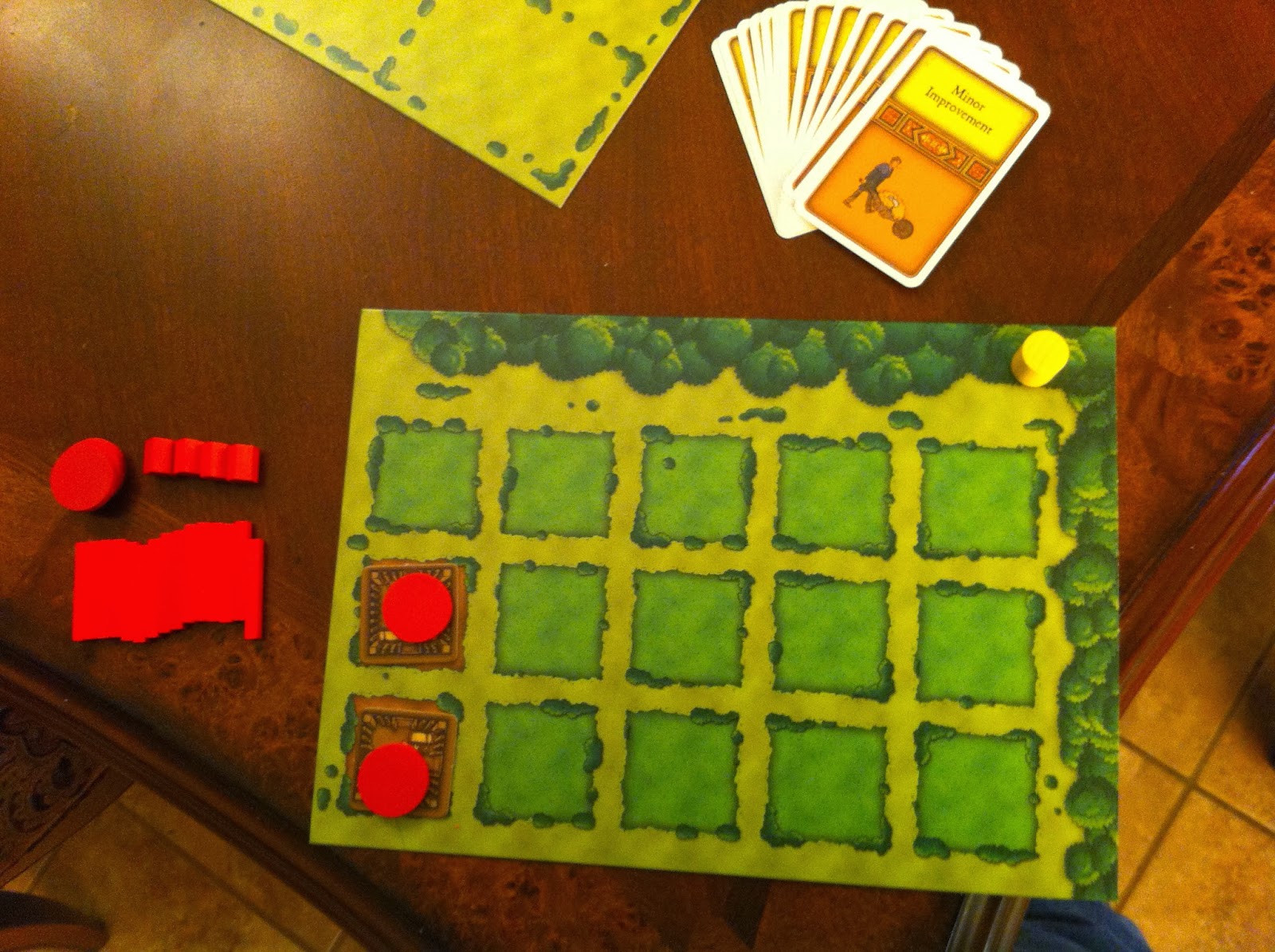In this episode of the Start Space Podcast we pick the winners of our Love Letter contest! Then, we talk about the importance of designers in the gaming industry and review Mage Wars!
Mage Wars is a two-player card game. Think of a cross between Summoner Wars and Magic: The Gathering.
Each player chooses one of the four mages provided in the base box.
Each mage is comes with a portrait card that represents the player on the board, and a card that shows their starting stats, abilities, and attacks.
Each mage also comes with a spellbook. This is essentially your deck of cards. It contains the spells, creatures, and equipment that you will be casting throughout the game. Each player can choose cards at will from their spell book, thus eliminating the randomness of the draw.
Each player will have one of these boards to track their Channeling, Mana, and Health.
Here is the board at setup. Notice the activation markers on the two mages.
And here's what the board might look like a few turns in. Activation markers are placed on creatures as they come into play. Some cards, like the mana crystals in the top left corner, do not activate and do not need a marker.
Attack dice. These are some really satisfying dice to roll.
Health and Mana markers. Health markers are used to track damage on creatures and structures. Mana tokens are used to track the mana stored by creatures and spawnpoints that can cast spells.
And finally, an example of some of the status tokens found in the game.


















































